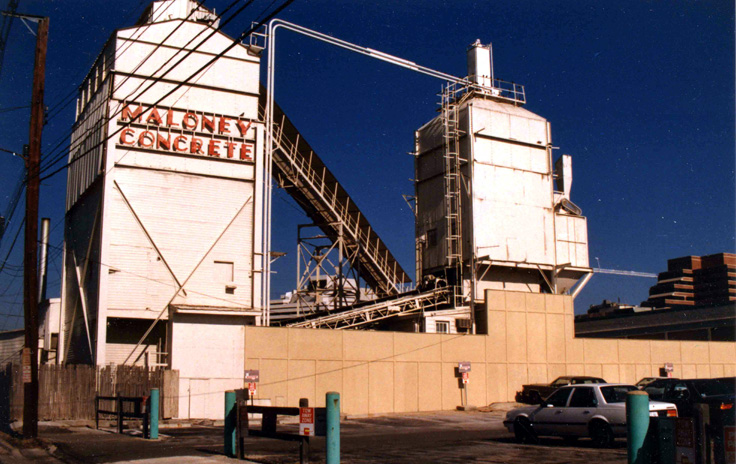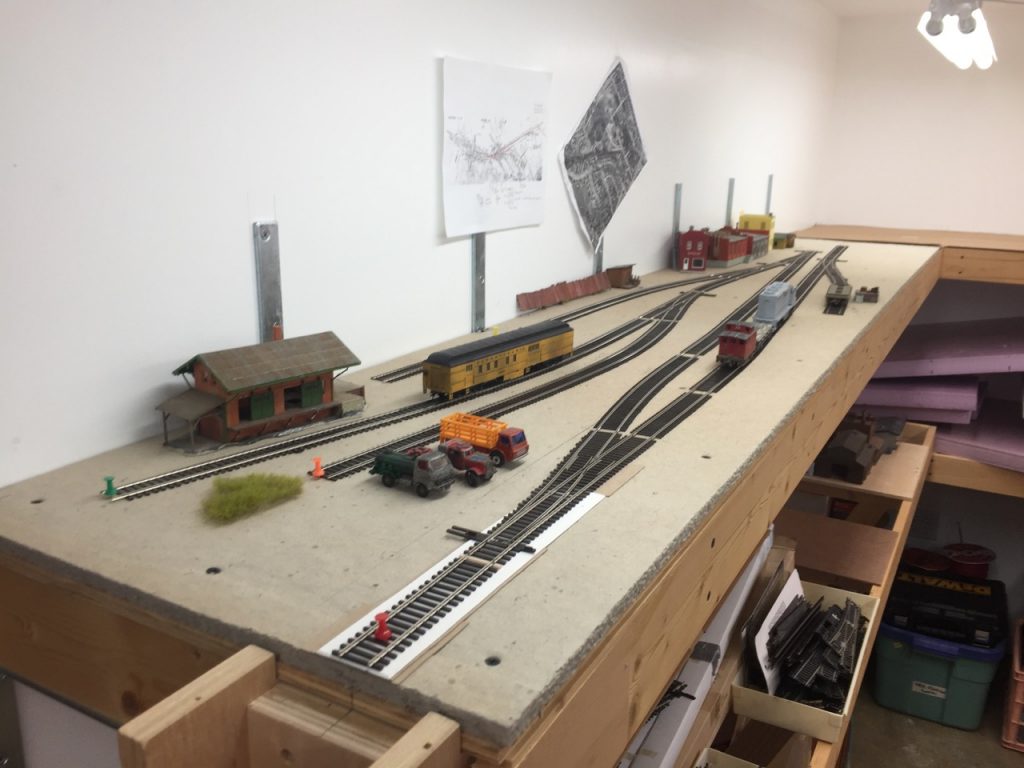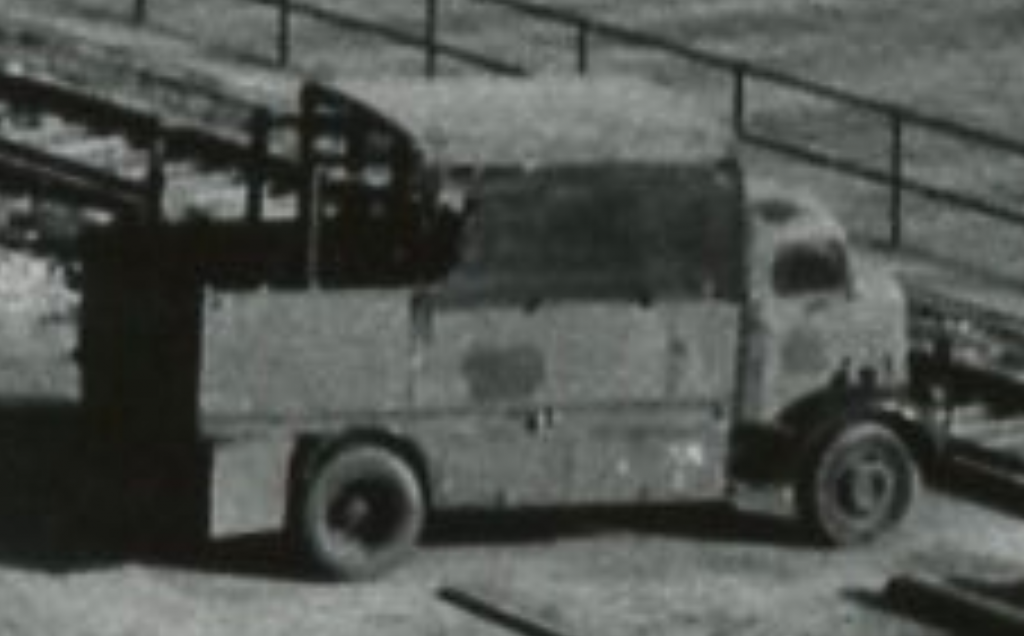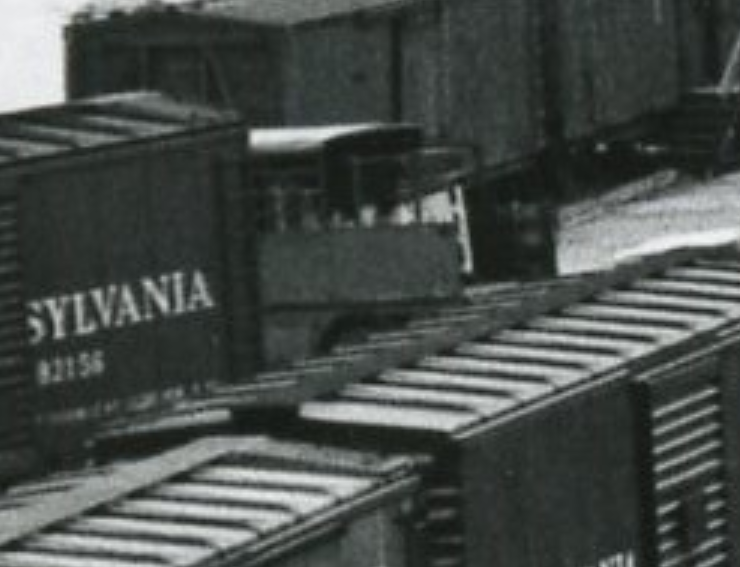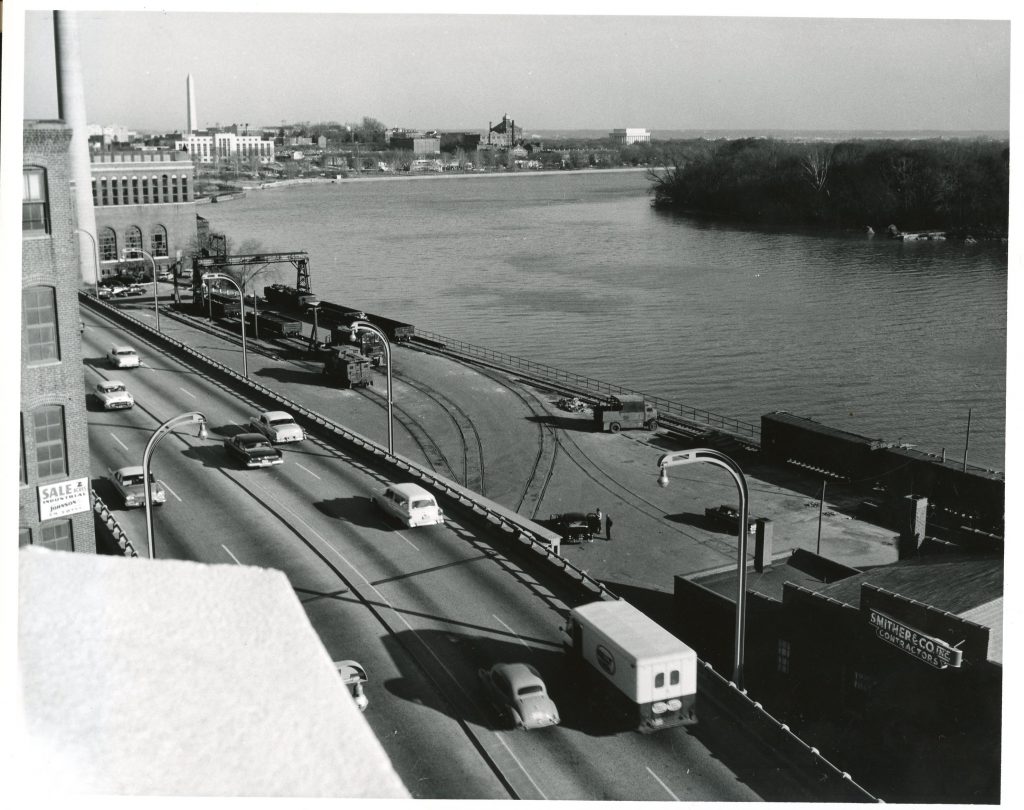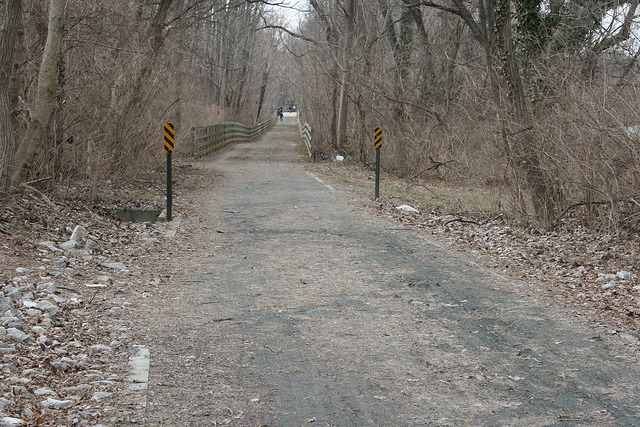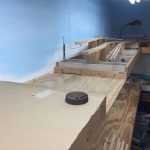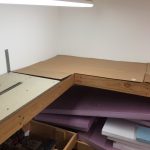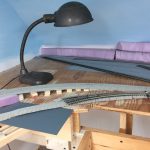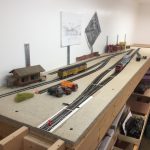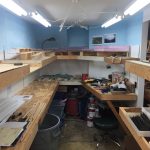Hope you are all having a wonderful holiday season. My friend Nick alerted me to this awesome photo from the Mansfield Library Archives which shows the 1958 National Christmas Tree being received down in the new yard on the Georgetown Waterfront. How cool is this!? I know it’s slightly outside of my era, but I will have to figure a way to model this on my layout.
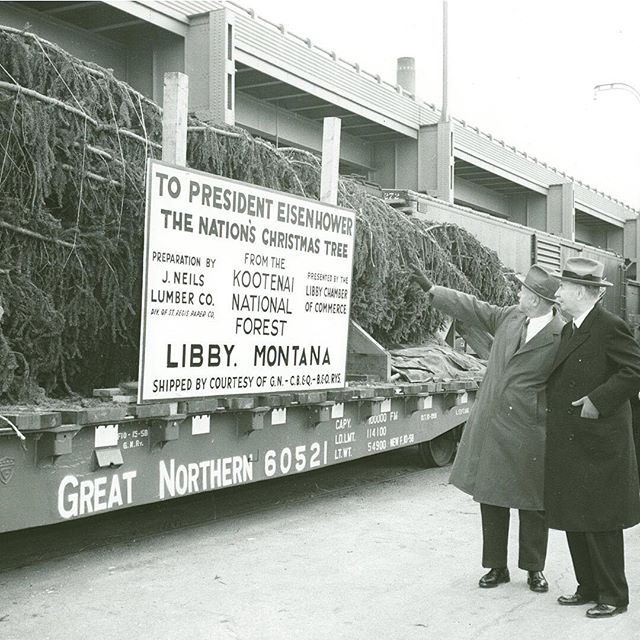
The Great Northern flatcar bears a large sign on the side which reads:
TO PRESIDENT EISENHOWER
THE NATION’S CHRSTMAS TREE
FROM THE KOOTENAI
NATIONAL FOREST
LIBBY. MONTANA
SHIPPED BY COURTESY OF G.N. – C.B.&Q. – B.&O. RYS
PREPARATION BY, J. NEILS LUMBER CO
DIV. OF ST. REGIS PAPER CO.
PRESENTED BY THE
LIBBY CHAMBER OF COMMERCE
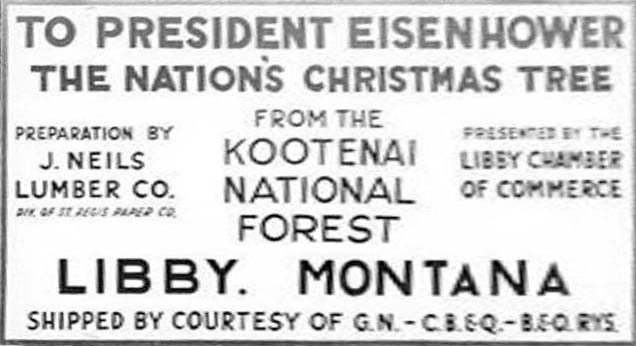
Apparently it became a tradition in the early 20th century for a tree to be donated by lumber companies and state forests across the country. Anyone with more information or background on this, please chime in! Also, if you know where I can locate a manufacturer of that particular model of flat car, I’d appreciate it! 🙂
EDIT: Since I’m planning on modeling this I took a stab at drawing the sign. Comments welcome! I drew it in Adobe Illustrator using a combination of Source Sans Pro and Montserrat fonts, customized and altered a bit to match the original more closely. Enjoy!

Another edit – I found a reference to the J. Neils Lumber Co. (which had merged w/ St. Regis Paper Co. in 1957) in the Minnesota Historical Society. Interesting short read: http://www2.mnhs.org/library/findaids/00977.xml
